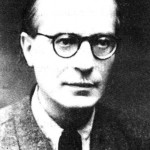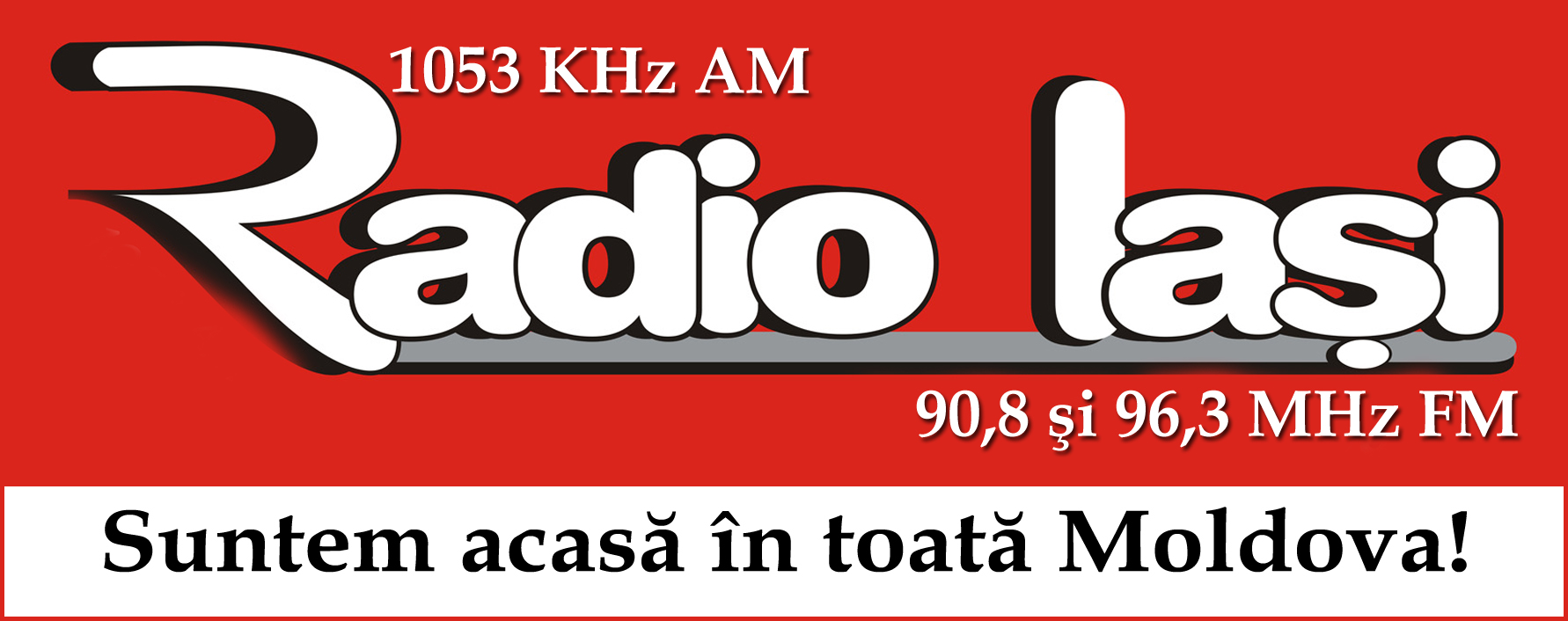 Radu Cernătescu (1894-1958) was born in Huşi on 17th August 1894. His father was a judge and his mother was Professor Petru Poni`s daughter. He attended high school and university in Iasi, defending his doctoral thesis – “Dalton`s Law Applied to Concentrated Solutions” in 1920. Beginning with 1916, for almost 40 years, he had an extensive and sustained research and teaching activity, as a teaching assistant, associate professor and then professor of Analytical Chemistry (1932 – 1940) and Inorganic Chemistry (1940 – 1958) at the University of Iasi, professor of Physical Chemistry and Analytical Chemistry (1938 – 1940) at the Polytechnic School of Iasi, director of Petru Poni Institute of Organic Chemistry.
Radu Cernătescu (1894-1958) was born in Huşi on 17th August 1894. His father was a judge and his mother was Professor Petru Poni`s daughter. He attended high school and university in Iasi, defending his doctoral thesis – “Dalton`s Law Applied to Concentrated Solutions” in 1920. Beginning with 1916, for almost 40 years, he had an extensive and sustained research and teaching activity, as a teaching assistant, associate professor and then professor of Analytical Chemistry (1932 – 1940) and Inorganic Chemistry (1940 – 1958) at the University of Iasi, professor of Physical Chemistry and Analytical Chemistry (1938 – 1940) at the Polytechnic School of Iasi, director of Petru Poni Institute of Organic Chemistry.
In his research he approached various fields of chemical sciences: physical chemistry, inorganic chemistry, analytical chemistry, electrochemistry, biochemistry, chemistry of complex combinations. In the physical chemistry field, he did research on the influence of electrolytes on the solubility of water in phenol and on how Dalton`s law can be applied to concentrated solutions. In the field of compounds he studied compound sulphate- cianats, cyclic diamines compounds, the amines of bivalent cobalt and nickel hidro- sulphates. In the analytical chemistry field he developed original methods for dosing cadmium, vanadium, cations and anions, he ran analysis on the water of rivers, lakes and harbours. In the organic chemistry field he studied the in vitro bacterial action of various organic bases with nitrogen nuclei and in inorganic chemistry he studied silver sulphate- cianats with ammonium and sodium, the formation of alkali arsenates and compound salts with the cyclic diamines of metals.
After the establishment of the Institute of Chemistry of Iasi, he used polarography to study the compound amines of bivalent cobalt and nickel hidro- sulphates and he also did research on the methods of polarographic analysis of iron, copper, lead and zinc in complex ores. The results of his research can be found in numerous works and studies, such as: Nouvelle methode de dosage du cadmium (1923); Le potentiel des metaux dans les liquides purs (1924); Potassium et calcium dans le sang du pigeon apres resection et excitation electrique des nerfs de l’aile (1934); Sels simples et complexes des acides 5,5 diethyl et 5,5 phenylethyl barbiturique (1937); Sur le dosage de la phyridine dans ses combinaisons avec les sels metalliques (1937); Amines des Hydrosulfites de Cobalt et de Nickel bivalents (1943). In 1950 and 1951 the two volumes of his Treaty of Elementary Inorganic Chemistry were published. He was a corresponding member of Hungarian Academy of Sciences and State Prize Laureate.











